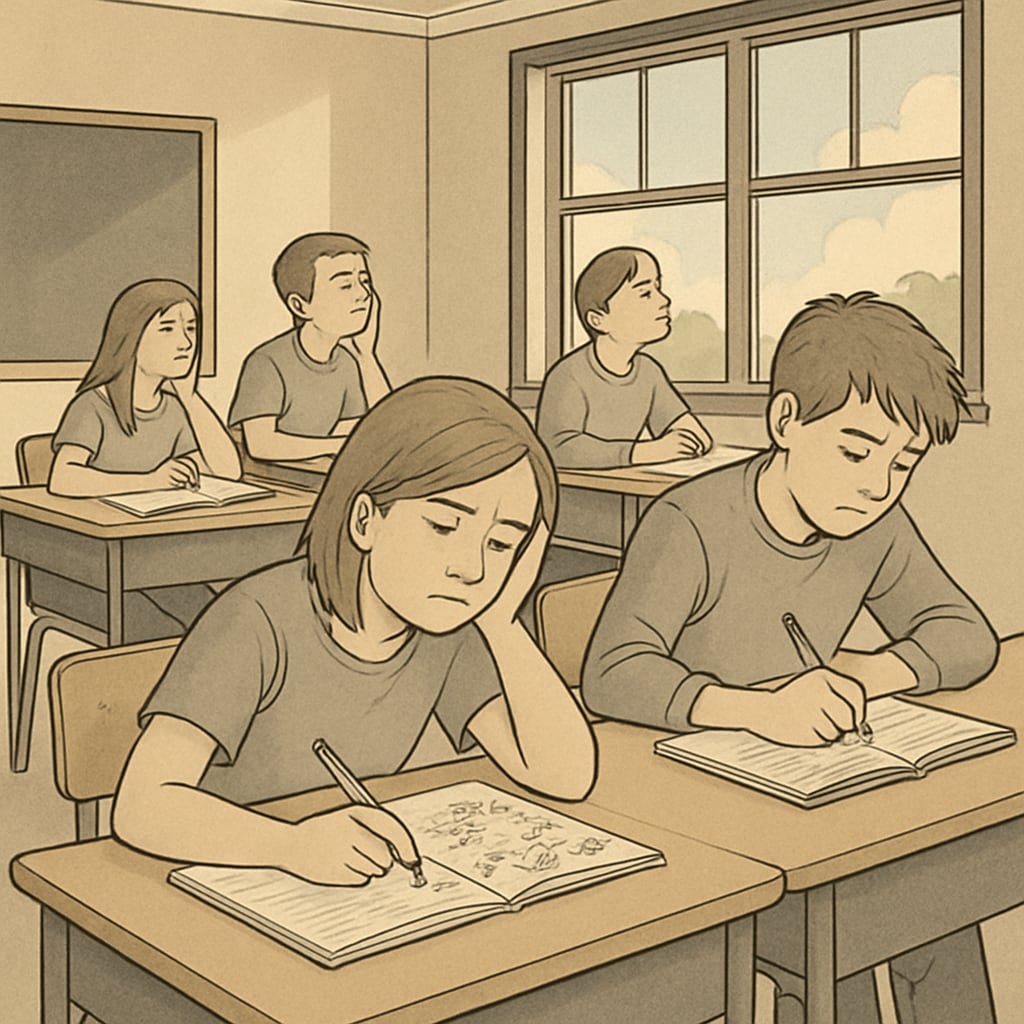Student boredom in K12 education environments has become a pressing concern among educators and researchers. It is not just a fleeting feeling but a persistent issue that impacts classroom experiences and overall learning outcomes. Studies from various countries have highlighted its prevalence, pointing to factors such as ineffective teaching methods, rigid curriculum structures, and individual differences among students. This article dives deep into the root causes of this phenomenon and offers practical strategies for educators to create more engaging classrooms.
What Contributes to Student Boredom?
Several factors contribute to boredom in classrooms, making it a multi-dimensional challenge. First, teaching methods that rely heavily on rote memorization or lecture-based instruction often fail to captivate students. For example, research conducted by Britannica emphasizes that interactive and student-centered teaching approaches are far more effective in maintaining student interest.
Second, a rigid curriculum that lacks personalization often overlooks the diverse needs and interests of students. A one-size-fits-all approach can alienate learners who require tailored instruction to thrive. Finally, individual differences such as attention spans, learning preferences, and even external factors like fatigue or stress play a significant role in shaping students’ classroom experiences.

How to Address Boredom in K12 Classrooms
Addressing student boredom requires a multifaceted approach that takes into account teaching strategies, curriculum design, and individual student needs. Here are some practical solutions:
- Interactive Teaching Techniques: Incorporate discussions, hands-on activities, and technology to make lessons more engaging.
- Flexible Curriculum Design: Offer electives or project-based learning opportunities that cater to diverse interests.
- Understanding Student Preferences: Conduct surveys or one-on-one sessions to identify what motivates individual students.
As noted in a Wikipedia article on education theory, adopting a student-centered approach can significantly reduce boredom by fostering a sense of involvement and autonomy in learning.

Shifting the Paradigm: The Role of Educators
Educators play a pivotal role in combating boredom in classrooms. By fostering a mindset of curiosity and engagement, they can transform the learning environment. For example, integrating real-world applications into lessons can help students see the relevance of their studies. Additionally, offering regular feedback and encouragement can boost motivation and reduce feelings of monotony.
Another effective strategy is leveraging technology to create immersive experiences. Virtual reality, gamified learning platforms, and interactive quizzes can make even the most challenging subjects more accessible and enjoyable.
Ultimately, addressing boredom requires a cultural shift within educational systems. Schools must prioritize student engagement as a critical component of learning, ensuring that classrooms are dynamic spaces where curiosity thrives.
Readability guidance: Keep sentences concise and paragraphs short to maintain reader engagement. Use lists to summarize key points and incorporate transitions like “however,” “therefore,” and “for example” for better flow.


